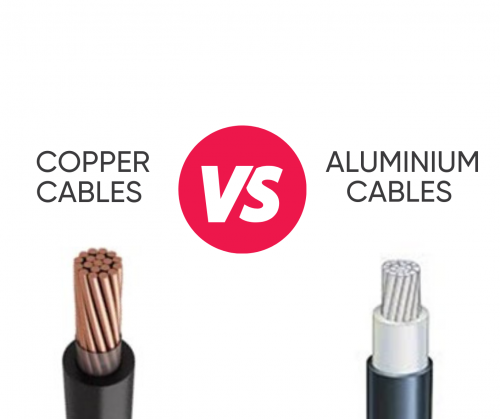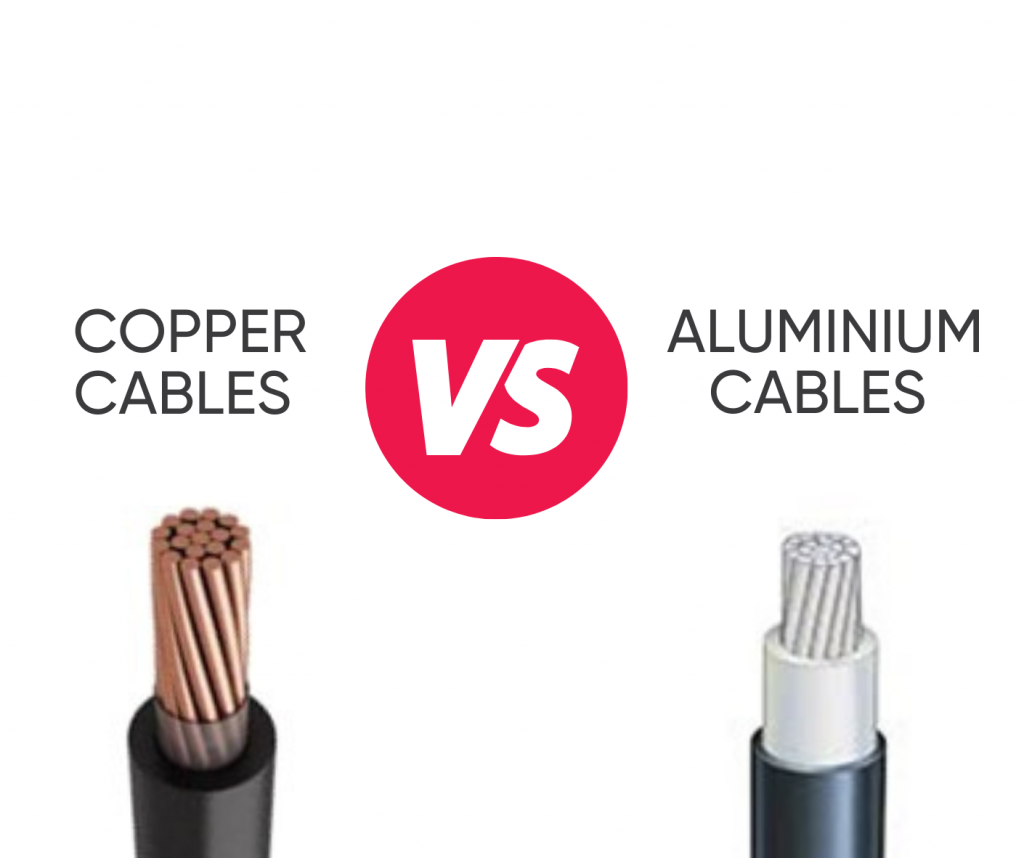New energy vehicles have increasing requirements for cable systems. Aluminum wire harnesses are gradually gaining attention in this field, especially in Xiaomi SU7. Aluminum wire harnesses offer weight and cost advantages over traditional copper cables, but there are differences in conductivity and resistivity.
Data Comparison: Aluminum Cables vs. Copper Cables
Conductivity :
Copper cable: 59.6 MS/m
Aluminum cable: 37.7 MS/m
Density :
Copper cable: 8.9 g/cm³
Aluminum cable: 2.7 g/cm³
Resistivity :
Copper cable: 1.68 μΩ·m
Aluminum cable: 2.82 μΩ·m
For the same current carrying capacity, aluminum cables require a larger cross-sectional area. Aluminum cables weigh only one-third of copper cables, significantly reducing vehicle weight and improving range and power performance.

Application case: Aluminum wire harness for Xiaomi SU7
Xiaomi SU7 uses aluminum wire harness to significantly reduce the weight of the car body and improve the power performance and cruising range. The optimized aluminum cable meets the requirements of current carrying capacity and system safety, and also performs well in terms of cost control.
KONNRA Connector Cable Solutions
KONNRA Connectors offers a variety of cable products, including aluminum cables, to meet the needs of different customers. The company continues to innovate in technology and materials, providing high-performance, economical cable solutions. Whether it is for lightweight, high current carrying or other special needs, KONNRA Connectors can provide customized products that meet standards.










